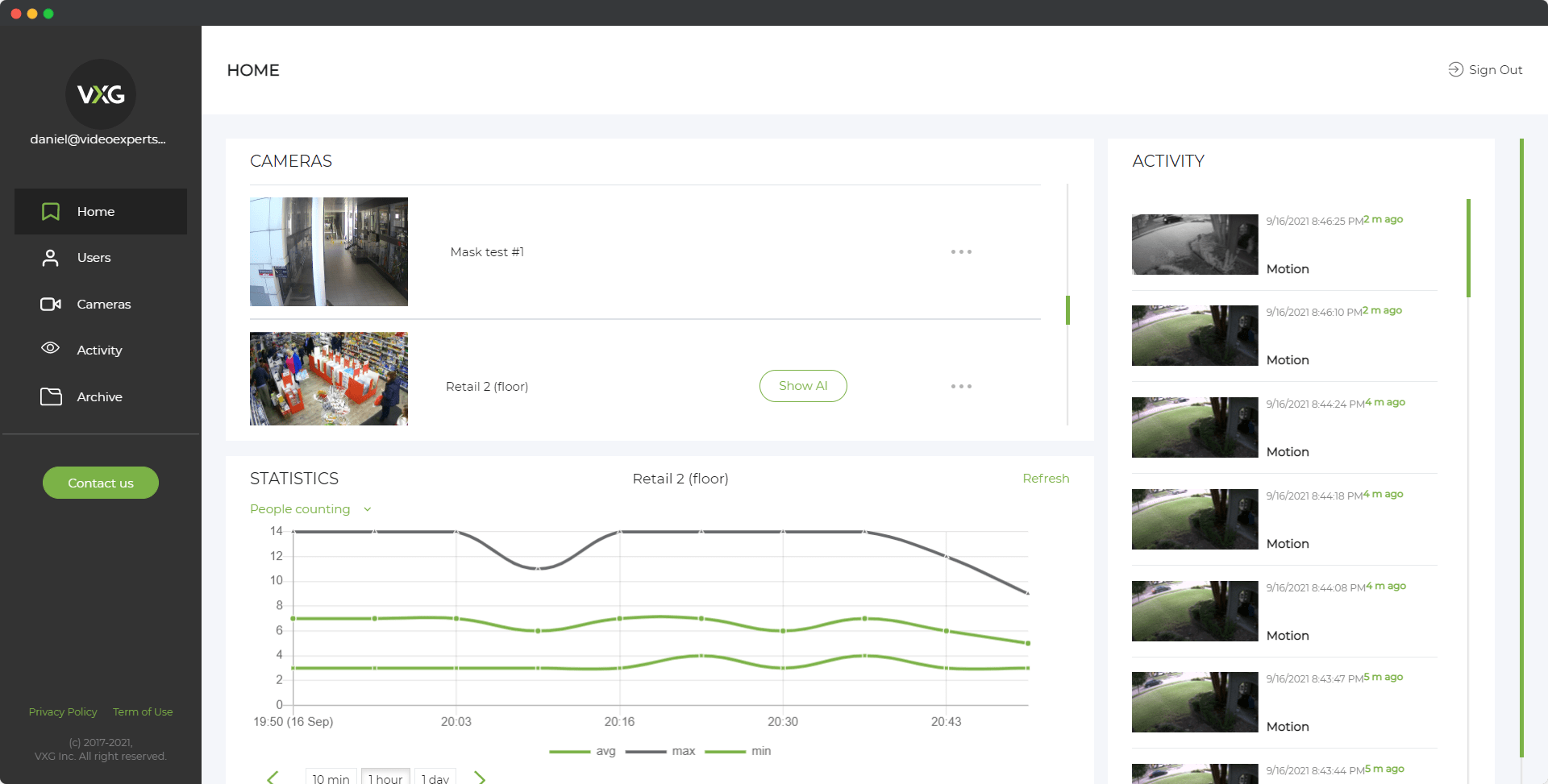TVI cameras are a type of security camera that uses a specific technology for transmitting high-definition video over traditional coaxial cables. They are popular in video surveillance systems due to their ability to provide clear images while utilizing existing cabling infrastructure. This article will explain what a TVI camera is and discuss its pros and cons.
What is TVI?
TVI stands for Transport Video Interface. It is a video transmission technology used in security camera systems to send high-definition video signals over traditional analog infrastructure, such as coaxial cables. Developed by Techpoint, TVI bridges the gap between analog and digital systems, providing high-resolution video (720p, 1080p, or even 4K) while maintaining the simplicity and affordability of analog setups.
This technology is widely adopted in modern CCTV systems due to its ability to support long-distance transmission without significant loss of quality.
What is a TVI Camera?
A TVI camera, short for Transport Video Interface camera, is a type of high-definition analog security camera. It uses TVI technology to transmit video signals. Developed by Techpoint, TVI technology allows for the transmission of HD video (720p, 1080p, and even higher resolutions) over standard coaxial cables. This makes it an attractive option for upgrading older analog CCTV systems without the need to replace existing cabling.
TVI cameras capture video footage and convert it into an analog signal that can be transmitted over coaxial cables to a digital video recorder (DVR). The DVR then converts the analog signal back into digital form for recording and playback. This process ensures that the video quality remains high despite using older cabling infrastructure.
TVI Camera: Pros and Cons
Pros
- High-Definition Video: TVI cameras offer HD video quality, providing clear and detailed images that are essential for effective surveillance.
- Cost-Effective Upgrade: TVI technology allows for the use of existing coaxial cables, reducing the cost and effort required to upgrade from older analog systems to HD.
- Long-Distance Transmission: TVI cameras can transmit video signals over long distances (up to 500 meters) without significant loss of quality, making them suitable for larger installations.
- Real-Time Transmission: The technology supports real-time video transmission with minimal latency, which is crucial for live monitoring and immediate response.
- Ease of Installation: Since TVI cameras use standard coaxial cables, they are easy to install and integrate into existing analog systems without the need for extensive rewiring.
Cons
- Limited Compatibility: TVI cameras are not compatible with all types of DVRs. They require a TVI-compatible DVR, which can limit flexibility compared to more universal IP cameras.
- Analog Signal Limitations: Although TVI cameras provide high-definition video, they still use analog signals, which may not support the advanced features available in digital IP cameras, such as enhanced analytics and remote configuration.
- Interference: Coaxial cables can be susceptible to electromagnetic interference, which may affect video quality in certain environments.
- Quality vs. IP Cameras: While TVI cameras offer improved quality over traditional analog cameras, they may not match the resolution and features of high-end IP cameras.
TVI cameras are an excellent option for upgrading existing analog surveillance systems to high-definition video without the need for new cabling. They offer clear video quality and ease of installation at a lower cost. However, they come with limitations in compatibility and advanced features compared to IP cameras. Understanding these pros and cons can help you decide if TVI cameras are the right choice for your security needs.
















